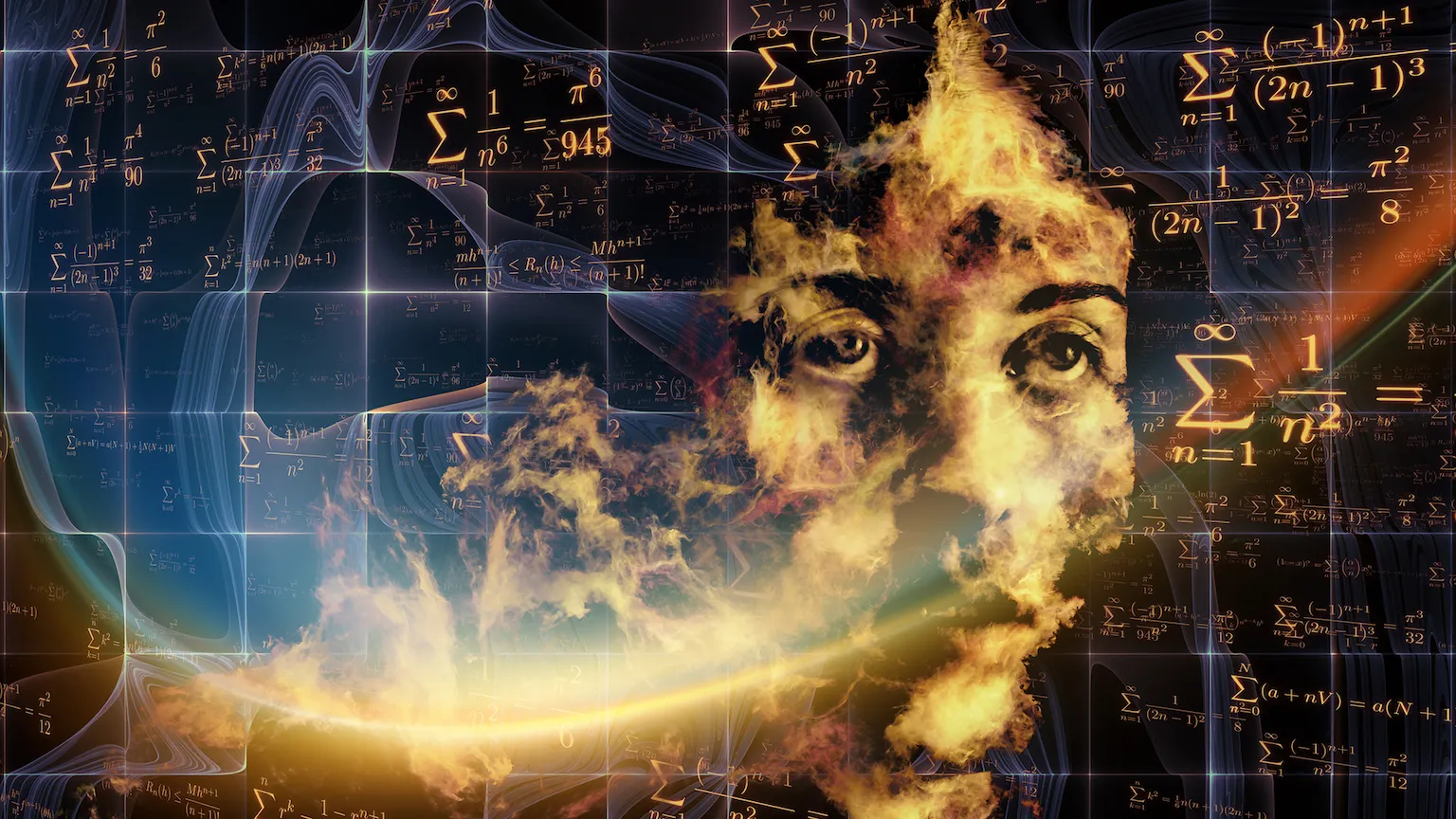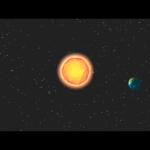Originally asked: Is there a unified theory that explains all fundamental forces of nature, including gravity?
There isn’t a currently accepted theory that explains all fundamental forces of nature, including gravity. This all-encompassing theory is often called a Theory of Everything (TOE) or a Grand Unified Theory (GUT).
Here’s the current situation:
- The Standard Model: This incredibly successful theory describes three of the four fundamental forces: electromagnetism, the strong nuclear force, and the weak nuclear force. It explains how these forces interact with various subatomic particles.
- Gravity: General Relativity, developed by Einstein, is the reigning theory of gravity. It describes gravity as a curvature of spacetime caused by mass and energy.
The challenge lies in bridging the gap between these two successful theories. Here’s why:
- Quantum Mechanics vs. General Relativity: The Standard Model and Quantum Mechanics work well in the microscopic world, but they don’t seamlessly integrate with General Relativity, which thrives in the macroscopic realm. Quantum mechanics relies on probability and wave functions, while General Relativity depicts spacetime as smooth. Unifying these contrasting viewpoints is a hurdle.
- Gravity’s Odd One Out: Gravity is fundamentally different from the other three forces. It’s much weaker, and current theories haven’t been able to successfully describe it within the quantum mechanics framework.
Also read: Clock behavior at High Velocities — Temporal Flux?
Unified Theories in Work:
Physicists are actively searching for a GUT or TOE that incorporates all the forces, including gravity. Here are some promising areas of exploration:
- String Theory: This theory proposes that fundamental particles aren’t point-like but instead tiny vibrating strings. The specific vibrations of these strings determine the different types of particles and forces, potentially including gravity.
- Loop Quantum Gravity: This theory suggests spacetime itself is quantized, meaning it has a granular structure at the incredibly small Planck scale. It attempts to reconcile gravity with the quantum world.
- Modified Gravity Theories: These approaches tweak Einstein’s equations of General Relativity to account for quantum effects and potentially unify gravity with the other forces.
The Road Ahead:
While there’s no single, accepted theory of everything yet, physicists are constantly developing and testing new ideas. String theory, loop quantum gravity, and modified gravity theories are actively being researched. Future experiments and discoveries might provide the key to unifying all the fundamental forces, including gravity, under a single theoretical framework.
Also Read: Apart from the moon landings, who has been the highest in orbit/space?



Pingback: Why is Earth's orbital acceleration Imperceptible? - InsightsHub
Pingback: VSEPR(valence-shell electron-pair repulsion) Model - InsightsHub
Pingback: Why did homosapiens only start farming 12,000 years ago when they have existed for 300,000 years? - InsightsHub